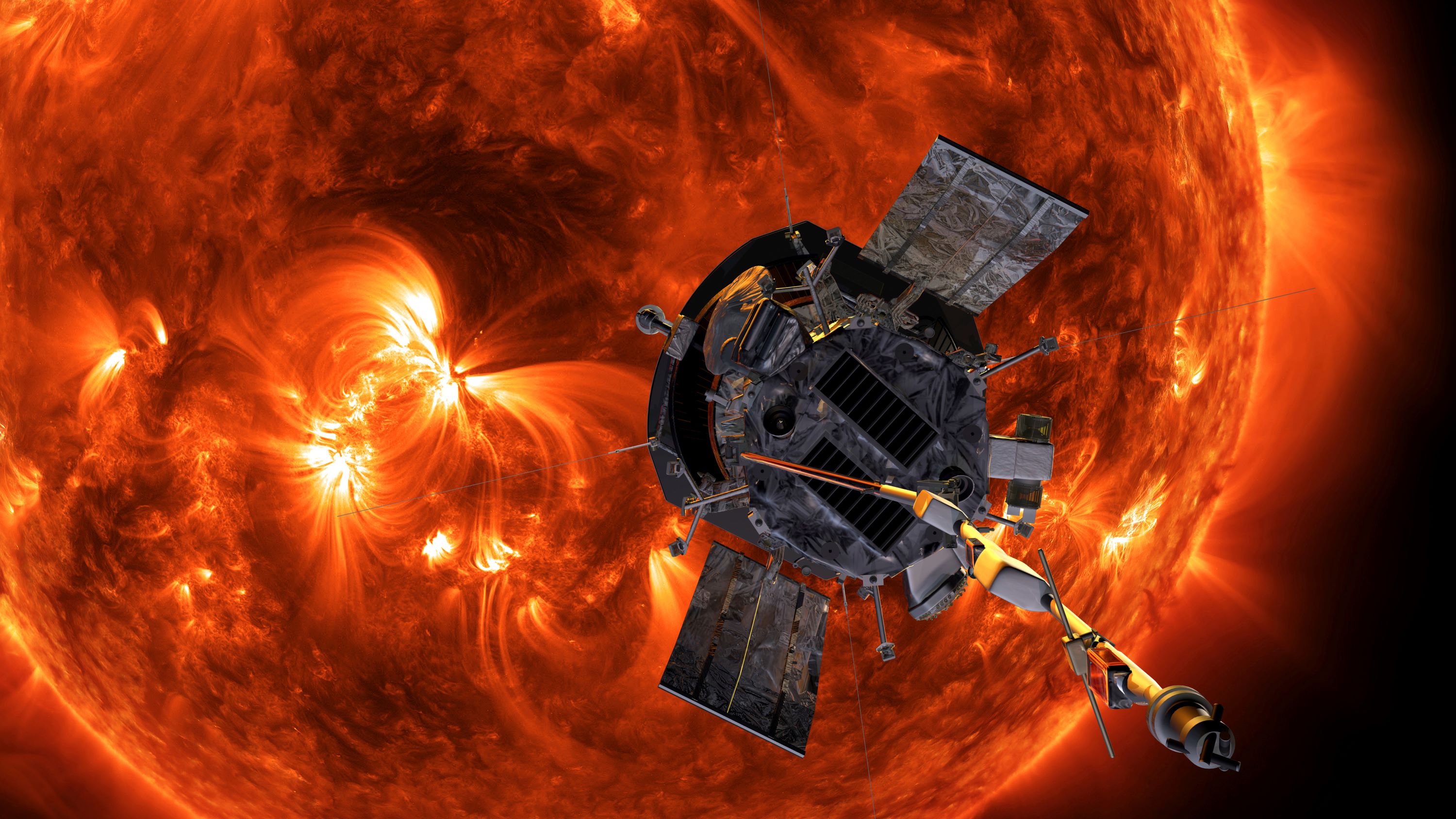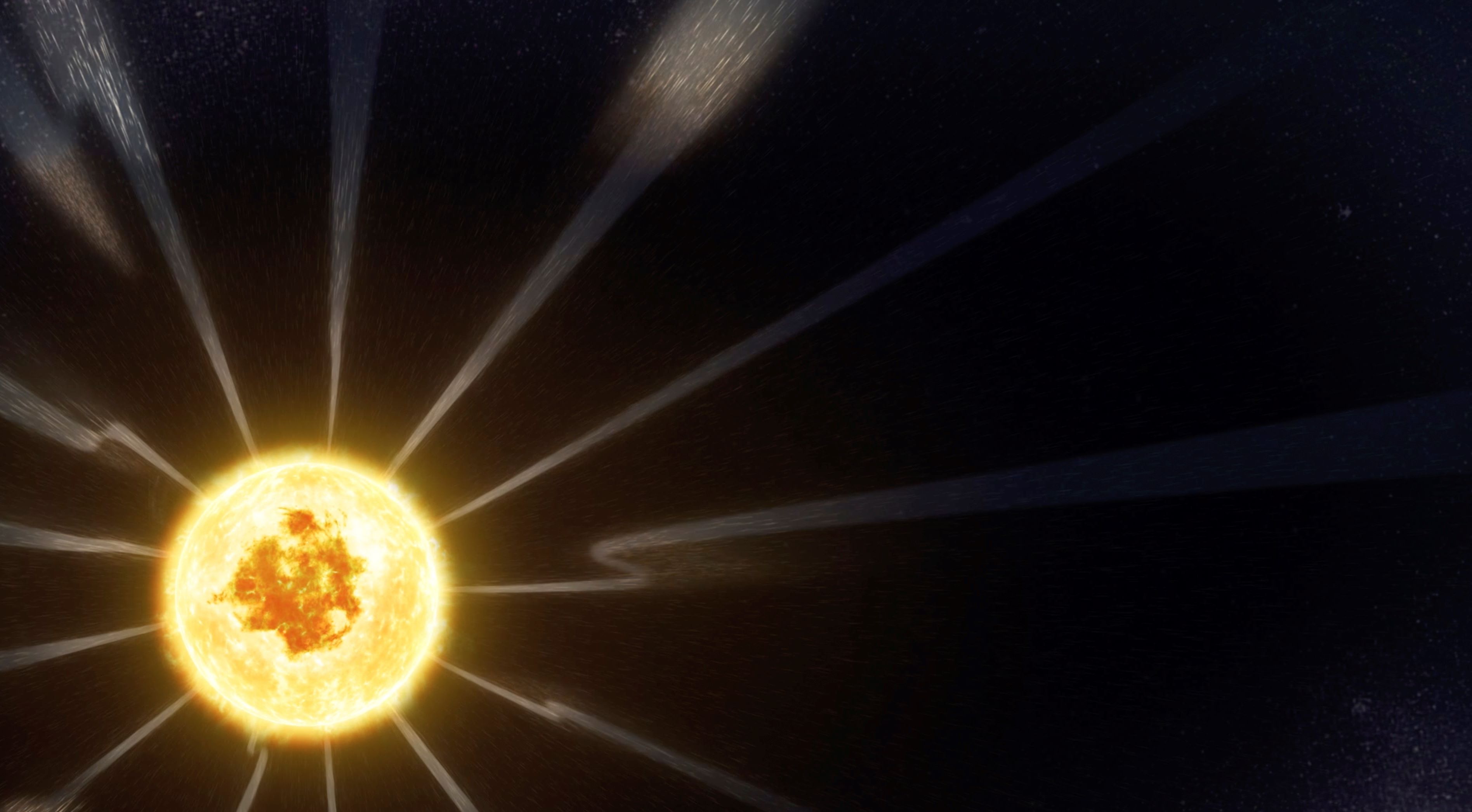
NASA's Parker Solar Probe was expected to make history on Tuesday by flying into the sun's outer atmosphere called the corona on a mission to help scientists learn more about Earth's closest star.
“No human-made object has ever passed this close to a star, so Parker will truly be returning data from uncharted territory,” Nick Pinkine, mission operations manager at Johns Hopkins Applied Physics Laboratory, said in a NASA blog.
ALSO READ: Webb telescope reveals surprising details of Pluto's moon Charon
Parker was on course to fly 6.1 million km from the sun's surface at 6:53 am EST (1153 GMT). With the spacecraft out of contact, it will be Friday before mission operators confirm its health following the close flyby.

Moving at up to 692,000 kph, the spacecraft will endure temperatures of up to 982 degrees Celsius, NASA said on its website.
ALSO READ: Webb telescope confirms the universe is expanding at an unexpected rate
When the probe first passed into the solar atmosphere in 2021 it found new details about the boundaries of the sun's atmosphere and collected close-up images of coronal streamers, cusp-like structures seen during solar eclipses.
Since the spacecraft launched in 2018, the probe has been gradually circling closer towards the sun, using flybys of Venus to gravitationally pull it into a tighter orbit with the sun.
READ MORE: US further delays Artemis moon missions following technical problem in spacecraft
One instrument aboard the spacecraft captured visible light from Venus, giving scientists a new way to see through the planet's thick clouds to the surface below, NASA said.


